Makeup has always been essential in feature films, whether it's used to make actors look good, shape a character's unique facial features, add scars and wounds, or make non-human-like characters come to life in a digital world.
Over the years, new techniques and tools have been integrated into the makeup and VFX department. Today, practical and CGI makeup are both common practices in the industry.
In today's article, you'll learn about digital makeup, its advantages and disadvantages, its uses in the film and TV industry, and the main differences between traditional and digital makeup.
Let's dive in!
What is Digital Makeup?
Digital makeup, also called digital cosmetics, is a makeup methodology that combines digital compositing techniques from motion graphics to enhance the makeup of actors, refine characters' features, or completely transform an actor's face for a creature.
Digital makeup includes correcting a few blemishes, erasing tattoos, creating scars, changing eye or hair color, enhancing physical makeup digitally, or replacing a body part with a digital one.
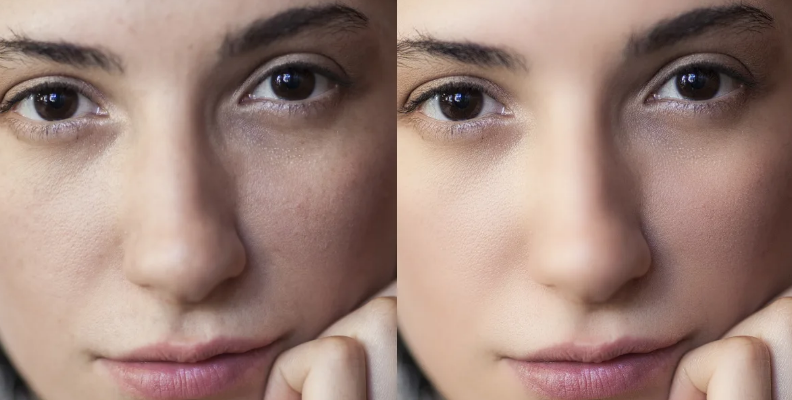
Artists utilize visual effects techniques to work with digital makeup. Digital makeup techniques include motion capture for tracking the actor's face and body parts, rotoscoping, and keying. Many visual effects artists use VFX software such as Photoshop, After Effects, Fusion, etc.
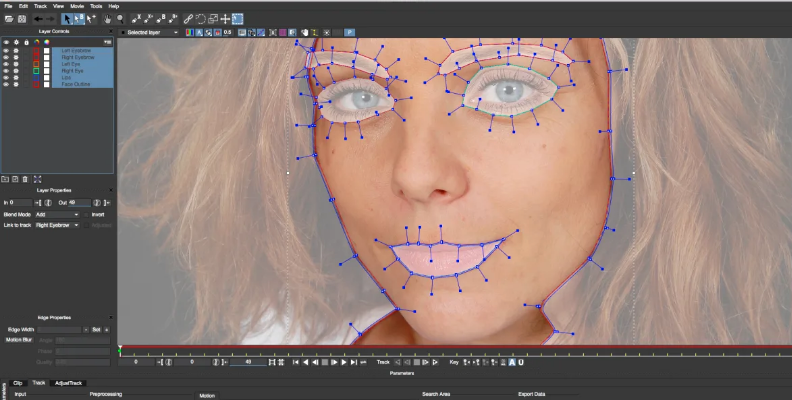
Even though digital makeup is largely used on television as a beauty or visual effect, it is still usually invisible to the public eye. Digital makeup is not always supposed to make the character look eccentric: it can be seamlessly included as part of a makeup workflow, or as an extra tool to bring a character to life.
Digital makeup can be found in other forms outside Hollywood and the film industry, though with less realistic results than in Hollywood. Have you seen social media filters? TikTok, Instagram, and Snapchat are known for their beauty and makeup filters that use AI algorithms.
Other examples are cosmetic apps using augmented reality that let you preview your hair, nails, and eyes on a different color before buying the product. Finally, the beauty feature on most mobile phone cameras today can be considered digital makeup.

Pros and Cons of Digital Makeup
As always, digital makeup has advantages and disadvantages. Knowing them will help you decide whether using digital makeup over traditional techniques is worth it.
Digital Makeup Pros
One of the main advantages of digital makeup is that you create unique, detailed, and realistic visual effects that you can't create with traditional makeup.
It can also be more cost-effective since you buy your digital tools once and use them forever, unlike traditional makeup, where you need multiple materials and cannot afford to waste them.
Digital makeup is time-efficient because it’s quicker to set up and remove than physical makeup.
It’s more comfortable for actors. It can all be applied in digital makeup instead of wearing heavy layers of makeup and prosthetics.
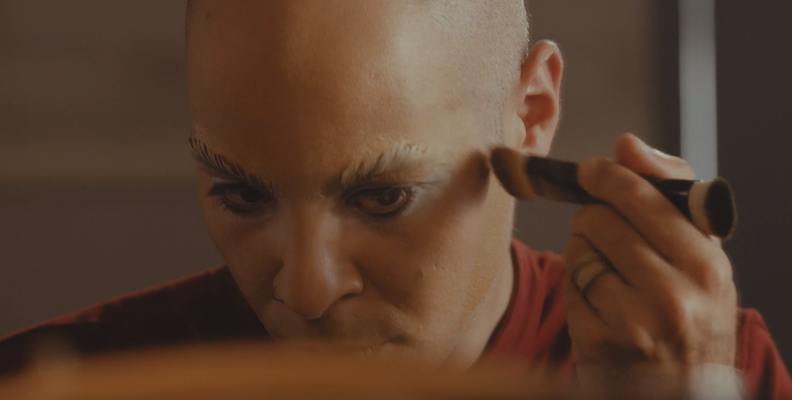
Digital makeup can be adjusted after the shooting in post-production without needing to reshoot the scene. You can enhance, modify, or make an actor look well-rested.
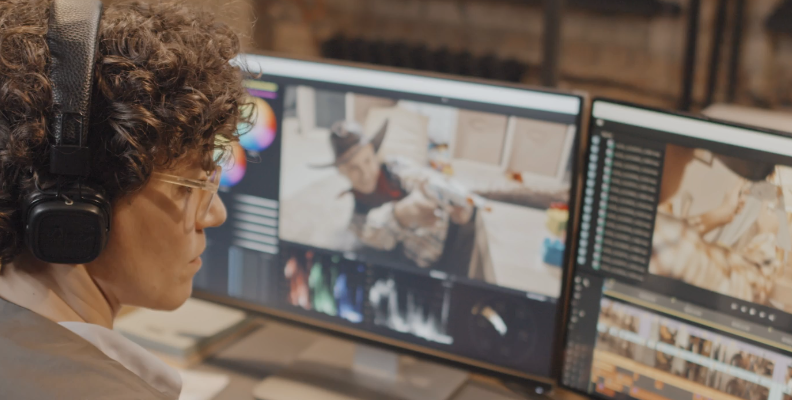
With digital makeup, you have more control over the areas you're working on. In real life, an actor can make involuntary movements after hours of the makeup process. Working on a computer, you can freeze frames and photos and zoom in and out as much as you need to create more realistic details.
Digital makeup lets you experiment with colors and textures as much as you want without the worry of wasting materials. You can also undo what you don’t like and start again - something that would take makeup artists hours to do with traditional methods.
Digital Makeup Cons
A disadvantage to digital makeup is that it needs to be perfect to keep it realistic. It can’t be obvious to the audience.
In digital makeup, you must recreate the makeup itself and consider the skin tone, lighting, shadows, texture, blush, etc. If something is even slightly off, the illusion will be gone.
Digital makeup uses compositing and video editing software and digital technology such as filters and effects for visual effects. You need to acquire the technical skills to apply to your films, which can be time-consuming.
Some tools are expensive, but you’ll only need to invest money occasionally when updates or new tools appear.
Digital Makeup Examples in Films
Now, let’s look at some examples of digital makeup. There are more examples than you might think, but I’ll present some of Hollywood's most memorable uses of digital makeup.
The Curious Case of Benjamin Button. The movie uses digital makeup to follow the transformation of the main character, portrayed by Brad Pitt, who starts as an older man and de-ages during the movie.
Guardians of the Galaxy. Superhero movies are known for using incredible visual effects. Great examples are Drax and Mantis, whose makeup was partially done in the traditional way and using digital makeup to enhance the makeup.
Dune. In the film Dune, the Fremens’ characteristic blue eyes were created in post-production using digital makeup.
Indiana Jones 5. In the film, de-aging was used to portray a younger version of Harrison Ford during flashbacks.
Digital makeup was also used in Sci-Fi TV series such as Westworld, The Last of Us, and Game of Thrones.
Digital Makeup vs Traditional Makeup
Let’s look at some key differences between digital makeup and traditional makeup.
The Tools
With traditional makeup, you use physical materials such as makeup, brushes, eyeliners, lip gloss, hair dye, wigs, prosthetics, a mirror, a light source, and a store bag. Digital makeup artists use computers with compositing and VFX software and require knowledge of color theory, physiology, anatomy, asymmetry, and lighting, among other things.
Time Effective
Both traditional and digital makeup can be time-consuming and expensive, but in a different way.
For the most part, traditional makeup takes more time to apply and remove, and any mistake can affect a shooting session. Digital makeup is applied in post-production, which doesn’t take time from shooting. But still, VFX artists can spend hours and days working on a single body feature.
Cost Effective
With traditional makeup, you invest, and you’re in a circle of buying and restocking your materials. In digital makeup, your tools and materials are always there to use as often as you need. However, subscriptions, plug-ins, and VFX software can be expensive too.
Creativity and Limitations
Digital makeup offers more control and flexibility to create complex makeup designs and characterizations. However, it can have limitations when crafting makeup as realistic as possible.
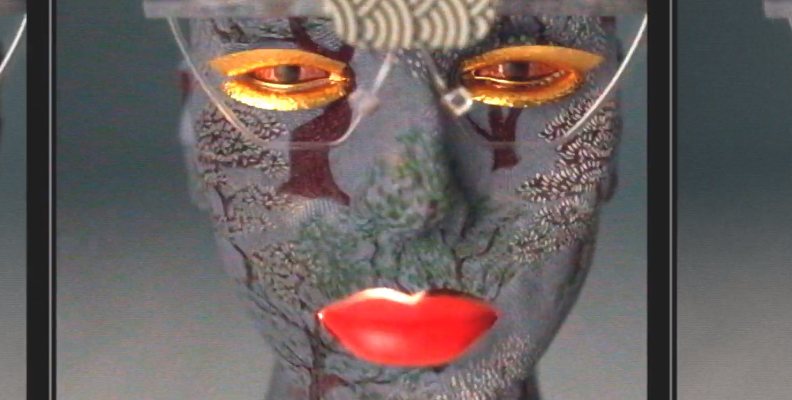
Digital makeup can enhance an actor's performance. It accentuates and diminishes certain facial expressions, replaces body parts, and changes the actor's appearance to make them look older or younger, representing the passing of time in a film.
Character Embodiment
Using traditional makeup helps the actors get in character by physically wearing the makeup, delivering a more immersive performance. With digital makeup, actors have an idea of the result and will need to imagine it.
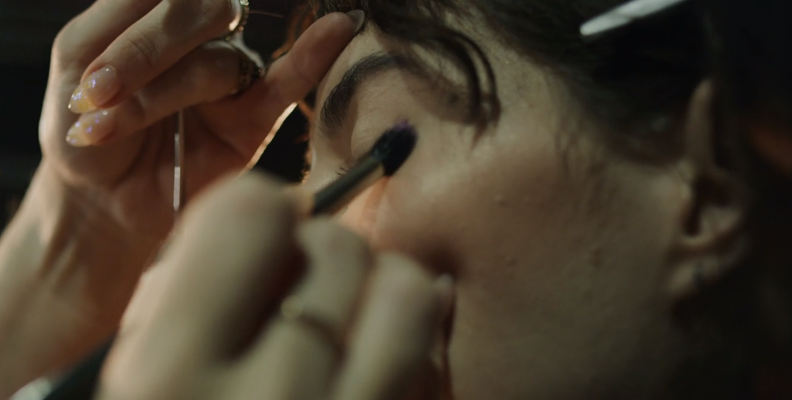
Final Words
Traditional and digital makeup coexist in the movie industry, and that won't change in the near future.
The secret of many TV and Hollywood productions has been to combine both methods, using traditional makeup to create more realistic features and digital work for covering and enhancements.
Whether you want to become a digital or traditional makeup artist, you must observe different people and study features, expressions, how people age, and how their bodies change over time. Digital makeup artists must learn about VFX software compositing techniques and work hard practicing to improve their skills.
Good luck!















